- This can be done with
seaborn.barplot, or with just using pandas.DataFrame.plot, which avoids the additional import.
- Annotate as shown in How to plot and annotate a grouped bar chart
- Add annotations with
.bar_label, which is available with matplotlib 3.4.2.
- The link also shows how to add annotations if using a previous version of
matplotlib.
- Using
pandas 1.3.0, matplotlib 3.4.2, and seaborn 0.11.1
- This option requires setting
x='name', or res1 and res2 as the index.
import pandas as pd
test_df = pd.DataFrame({'name': ['a', 'b', 'c'], 'res1': [1,2,3], 'res2': [4,5,6]})
# display(test_df)
name res1 res2
0 a 1 4
1 b 2 5
2 c 3 6
# plot with 'name' as the x-axis
p1 = test_df.plot(kind='bar', x='name', rot=0)
# annotate each group of bars
for p in p1.containers:
p1.bar_label(p, fmt='%.1f', label_type='edge')

import pandas as pd
test_df = pd.DataFrame({'name': ['a', 'b', 'c'], 'res1': [1,2,3], 'res2': [4,5,6]})
# set name as the index and then Transpose the dataframe
test_df = test_df.set_index('name').T
# display(test_df)
name a b c
res1 1 2 3
res2 4 5 6
# plot and annotate
p1 = test_df.plot(kind='bar', rot=0)
for p in p1.containers:
p1.bar_label(p, fmt='%.1f', label_type='edge')

- Convert the dataframe from a wide to long format with
pandas.DataFrame.melt, and then use the hue parameter.
import pandas as pd
import seaborn as sns
test_df = pd.DataFrame({'name': ['a', 'b', 'c'], 'res1': [1,2,3], 'res2': [4,5,6]})
# melt the dataframe into a long form
test_df = test_df.melt(id_vars='name')
# display(test_df.head())
name variable value
0 a res1 1
1 b res1 2
2 c res1 3
3 a res2 4
4 b res2 5
# plot the barplot using hue; switch the columns assigned to x and hue if you want a, b, and c on the x-axis.
p1 = sns.barplot(data=test_df, x='variable', y='value', hue='name')
# add annotations
for p in p1.containers:
p1.bar_label(p, fmt='%.1f', label_type='edge')
- With
x='variable', hue='name'

- With
x='name', hue='variable'







